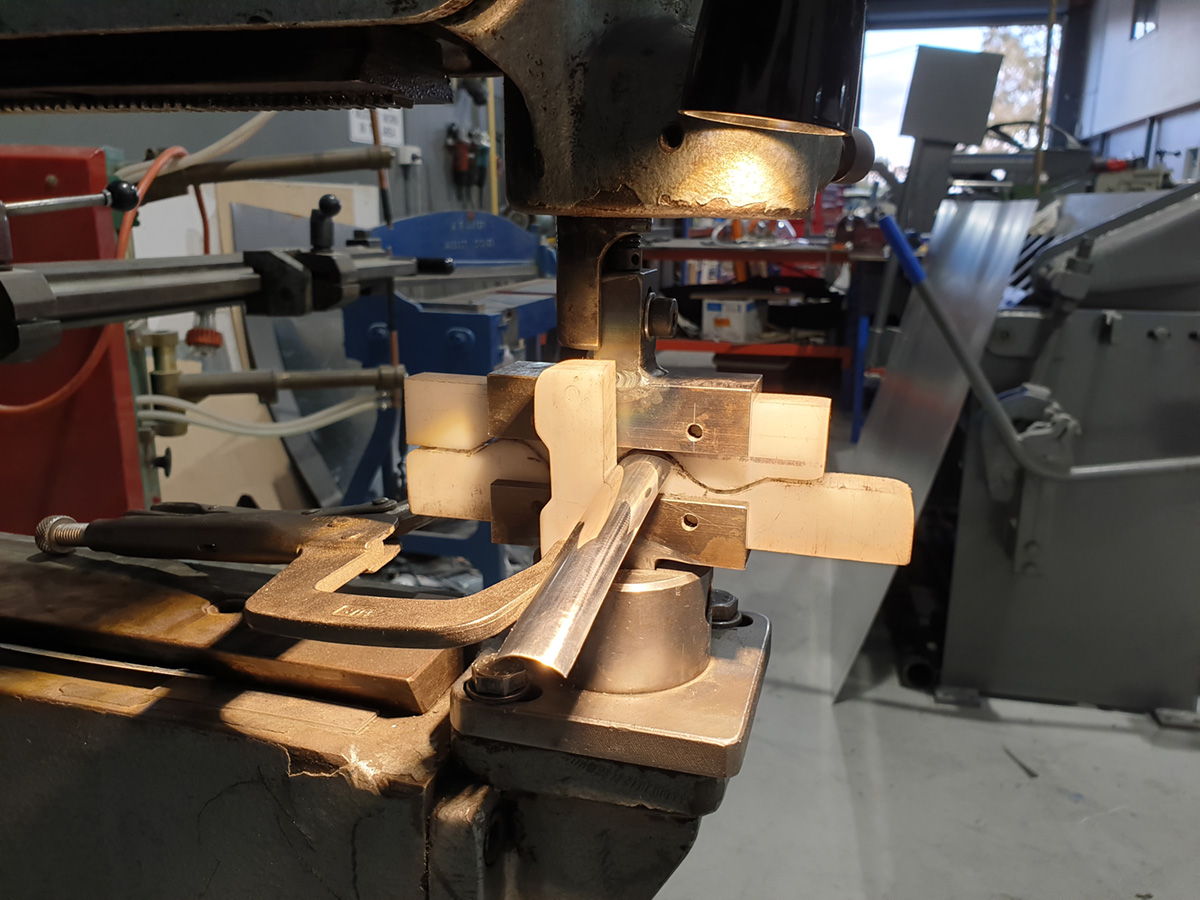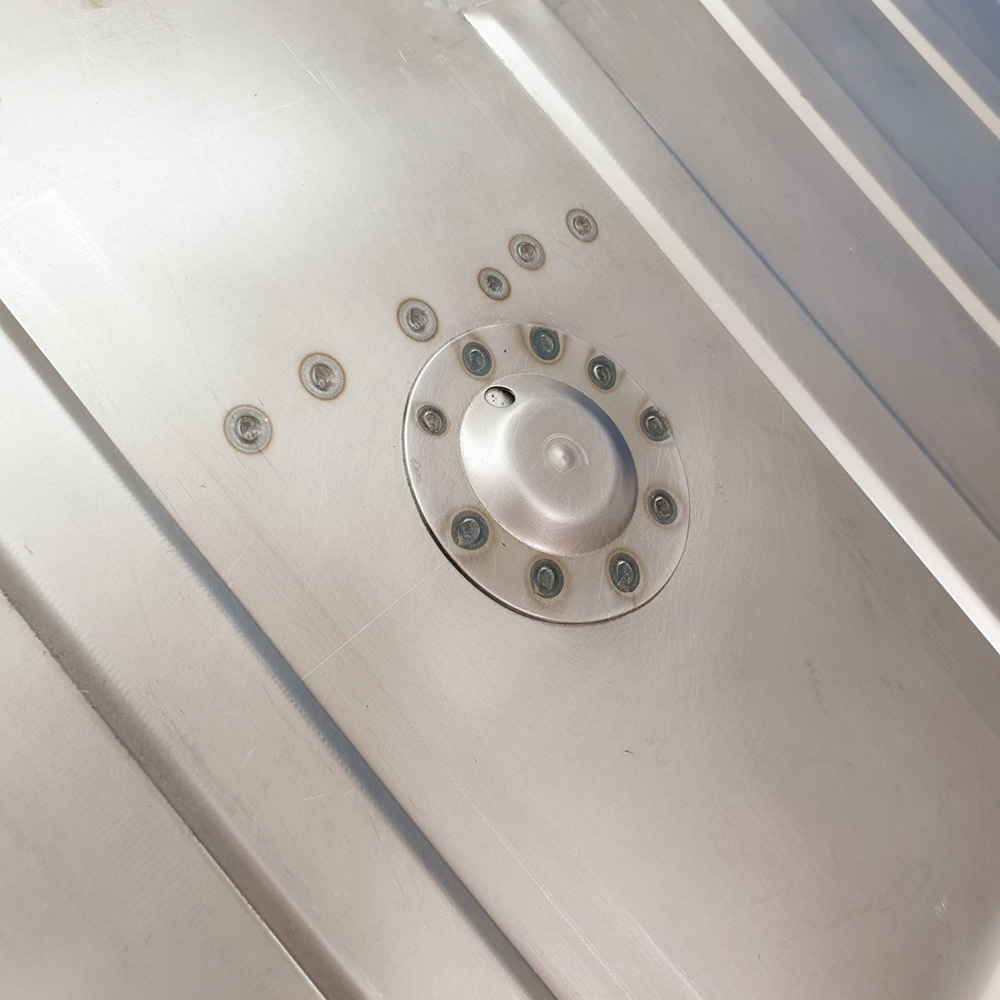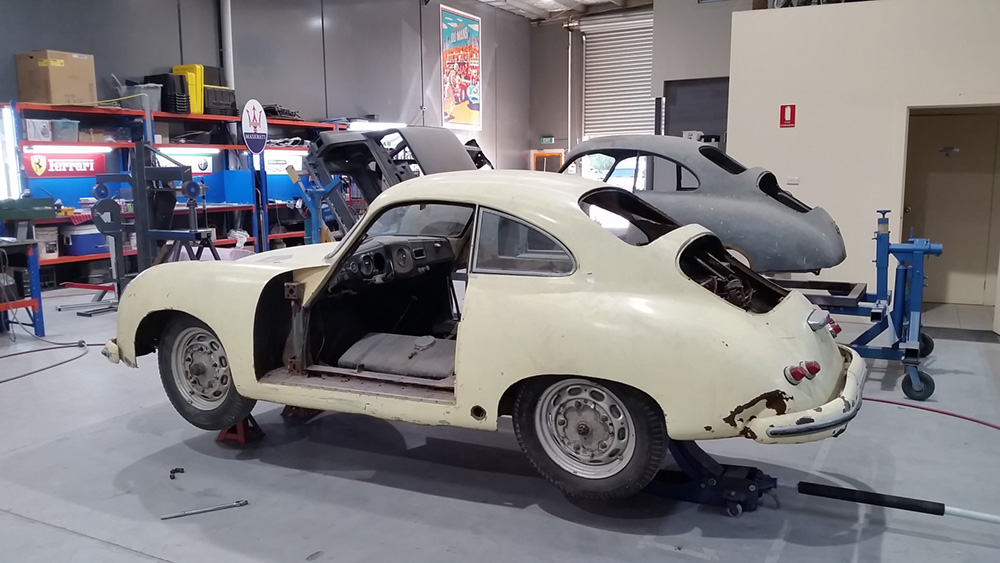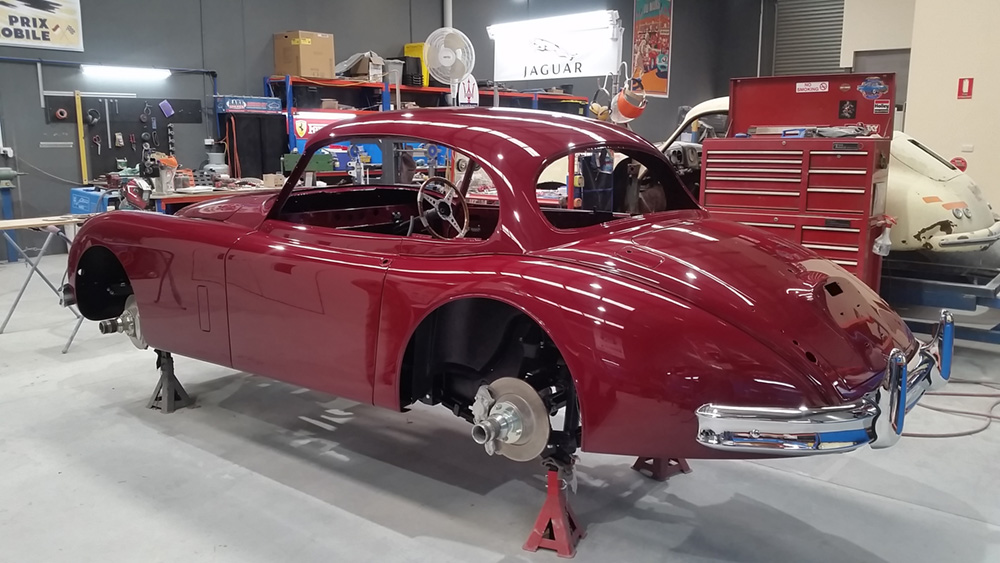Insights

Evaluating a body shell to mark out the extent of repair has a number of defining perimeters. Firstly, I would like to clarify that there are two types of bodies, one that has a solid chassis supporting the engine and suspension with a body bolted above, the other type of body is called a monocoque body which is a lightweight design that has integrated chassis rails spot welded or riveted to the body. This is primarily a modern-day design that we see in just about every car on the road today that is not a truck or an off-road vehicle.

Bright work, body moulds and bumper bars are all essential parts to a classic car restoration. They create stylish profile borders for the glass, lights, wheel arches and profile lines. Their material may consist of stainless steel, brass, cast alloy, mild steel or aluminum. Each material requiring different mechanical and/or chemical treatments to give a lasting luxurious shine.

The luxury of driving down the road to an automotive dealership and ordering a new panel at the spare parts counter for a car that is up to ten years old, is a luxury unfortunately not always available for a classic car. There are many companies worldwide that have invested a lot of time and money to remanufacture panels for classic cars of various models.

The decision to restore a classic car is usually a thought that you may have rolled over in your mind for quite some time. It's possibly because you have owned the car for many years, still enjoy driving it and don’t want to ever let it go. Or maybe, you have always dreamt of owning a classic car and made a quick decision to finally buy and restore one to make your dream a reality. However, you have come to the decision, you are now at that point where things get serious.

A classic car restoration will involve a paintwork process that is far more involved than just getting a scrape repaired in an accident repair Body Shop.